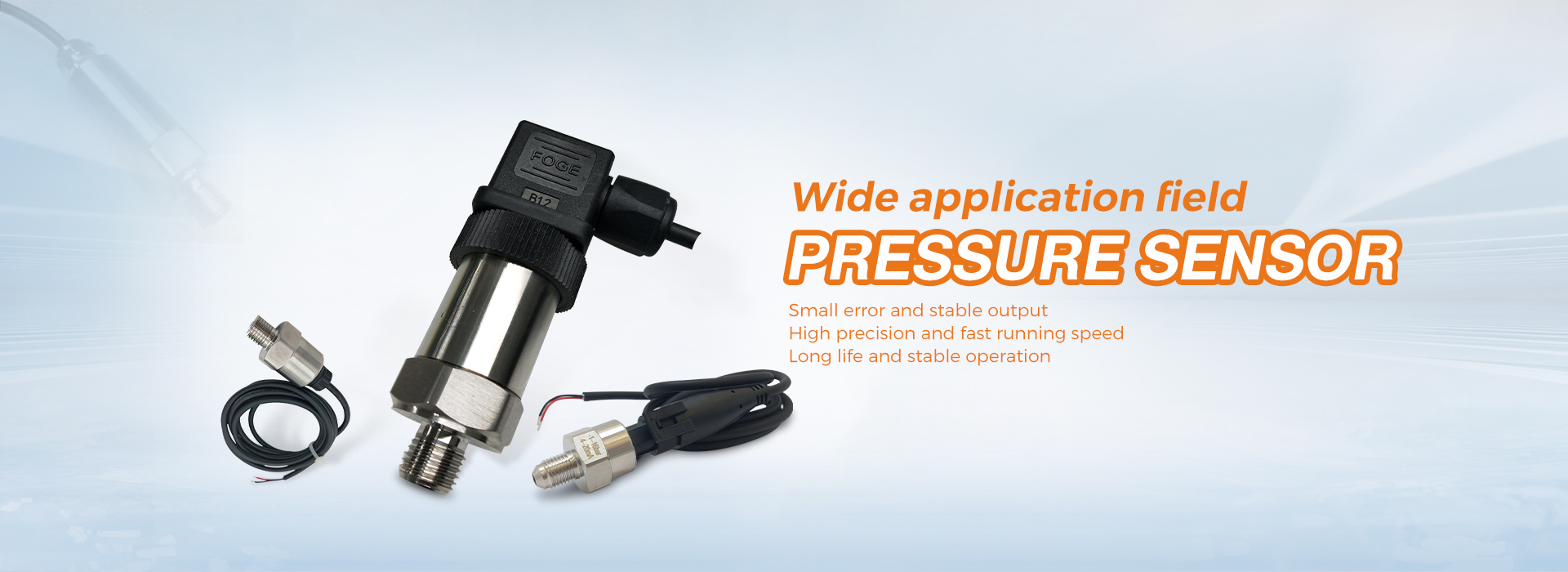The refrigeration system typically consists of four basic components: the compressor, condenser, throttle device, and evaporator. These four major components are connected in a specific sequence by copper pipes to form a closed system, which contains a certain amount of refrigerant. Common refrigerants used in air conditioners are Freon, with R22 being the standard in the past. Nowadays, some air conditioners have transitioned to the new environmentally friendly refrigerant R407. The above describes the vapor-compression refrigeration system.
Taking refrigeration as an example, the compressor draws in low-temperature, low-pressure refrigerant gas from the evaporator and compresses it into high-temperature, high-pressure refrigerant gas. This gas then flows through the thermal expansion valve (capillary tube), where it throttles into a low-temperature, low-pressure refrigerant vapor-liquid two-phase mixture. The low-temperature, low-pressure refrigerant liquid absorbs heat from indoor air in the evaporator, turning into low-temperature, low-pressure refrigerant gas, which is then drawn back into the compressor. After passing through the evaporator, the indoor air releases heat and its temperature drops. This cycle of compression, condensation, throttling, and evaporation repeats, continuously removing heat from the indoor air and thus lowering the room temperature. During heating mode, the switching of the four-way valve alters the flow direction of the refrigerant, transforming the outdoor heat exchanger into an evaporator that absorbs heat from outdoor air, while the indoor evaporator becomes a condenser, releasing the heat indoors to achieve the heating effect.
Gas liquid separators and reservoirs are widely used in refrigeration equipment (including air conditioning heat pumps, etc.), and their appearance is similar. The difference between gas-liquid separator and accumulator in air conditioning is:
The gas-liquid separator is applied in COOT (perforated tube) air conditioning systems. The gas-liquid separator is installed at the inlet of the compressor, on the low-pressure pipeline between the evaporator and the compressor. The reservoir is installed between the condenser outlet and the dry filter. The function is to store refrigerant, filter, and absorb water vapor from refrigerant. CCOT systems are usually equipped with gas-liquid separators. The refrigerant gas-liquid mixture at the outlet of the evaporator enters the gas-liquid separator and flows into the bottom, while the vapor rises to the top and returns to the compressor.The cooled liquid gradually vaporizes at the bottom of the gas-liquid separator and then returns to the compressor. To prevent the intake of a large amount of liquid refrigerant into the compressor and prevent liquid hammer damage to the compressor; The accumulator stores refrigerant and provides uninterrupted refrigerant supply to the evaporator, allowing the refrigerant that has not been completely cooled to cool again and reach a liquid state. Many refrigeration equipment also have an “oil separator” installed at the outlet of the compressor.
The bottom of the gas-liquid separator has holes that allow a small amount of refrigerant and refrigeration oil to pass through, so there will be no problem of filling up with liquid after a long period of use. The purpose of setting up the gas-liquid separator is to prevent a large amount of liquid from entering the compressor and causing liquid hammer and other faults. It allows a small amount of liquid to enter the compressor, but it must also allow a small amount of liquid to enter the compressor, otherwise the refrigeration oil coming back from the evaporator will accumulate more and more, causing the compressor to run out of oil!
Post time: Nov-03-2025



